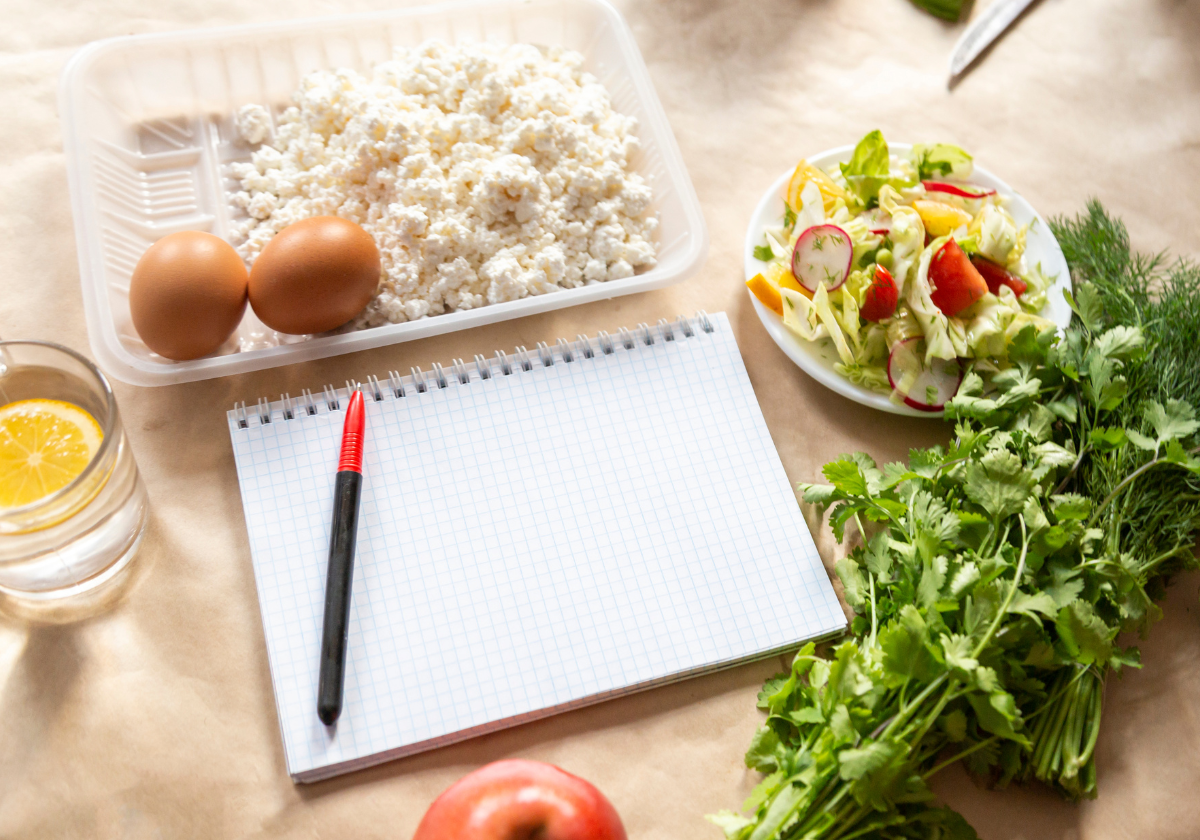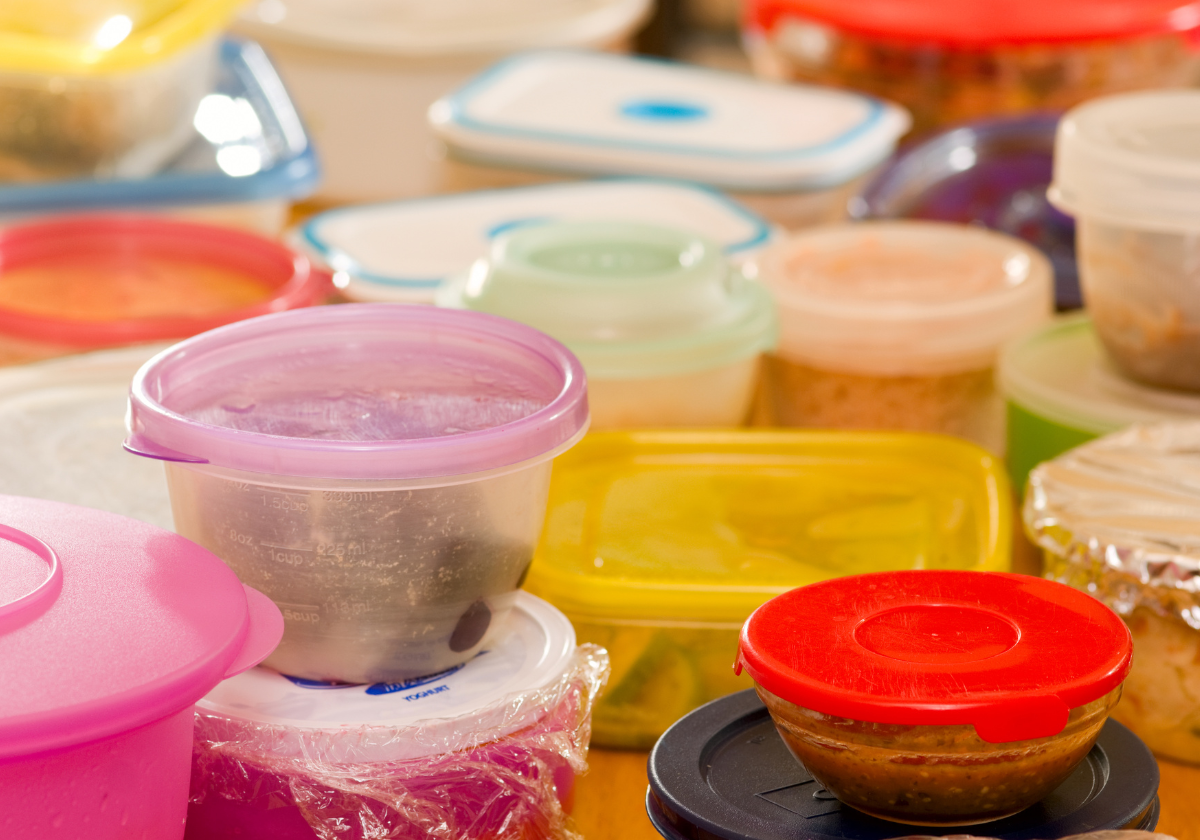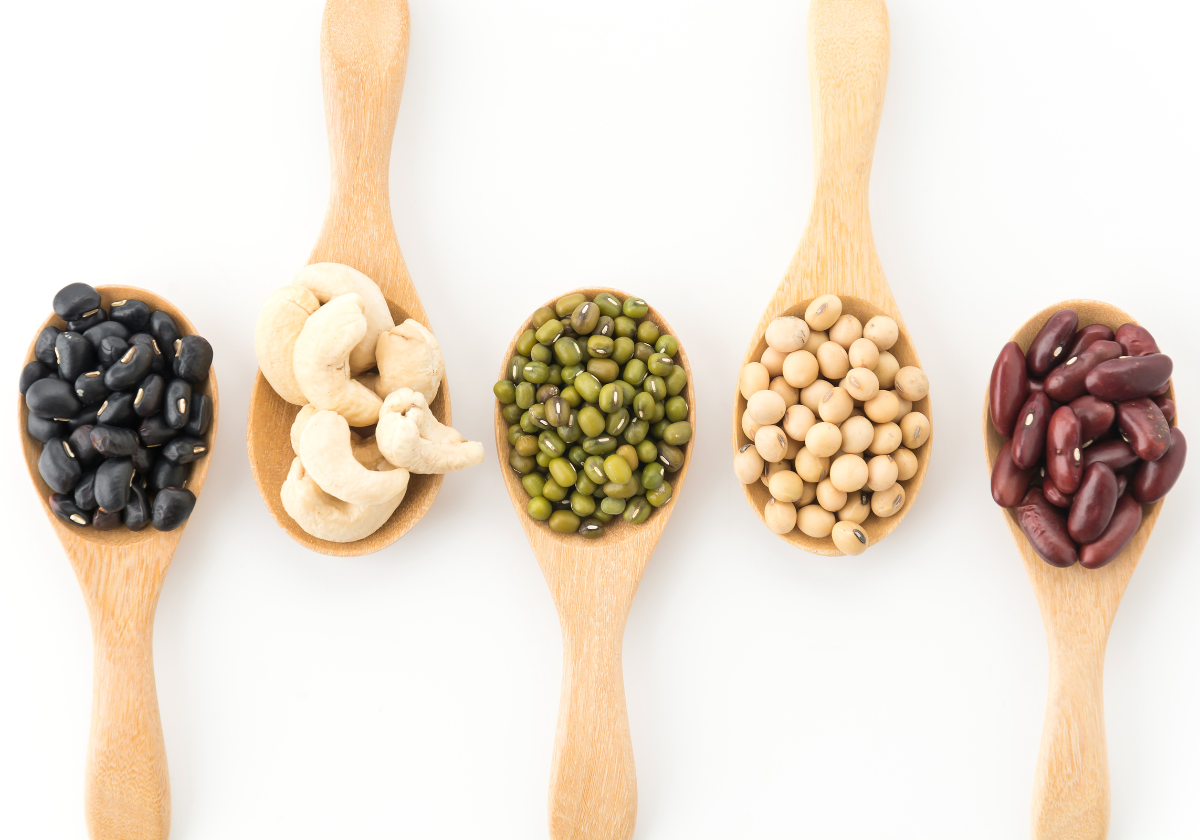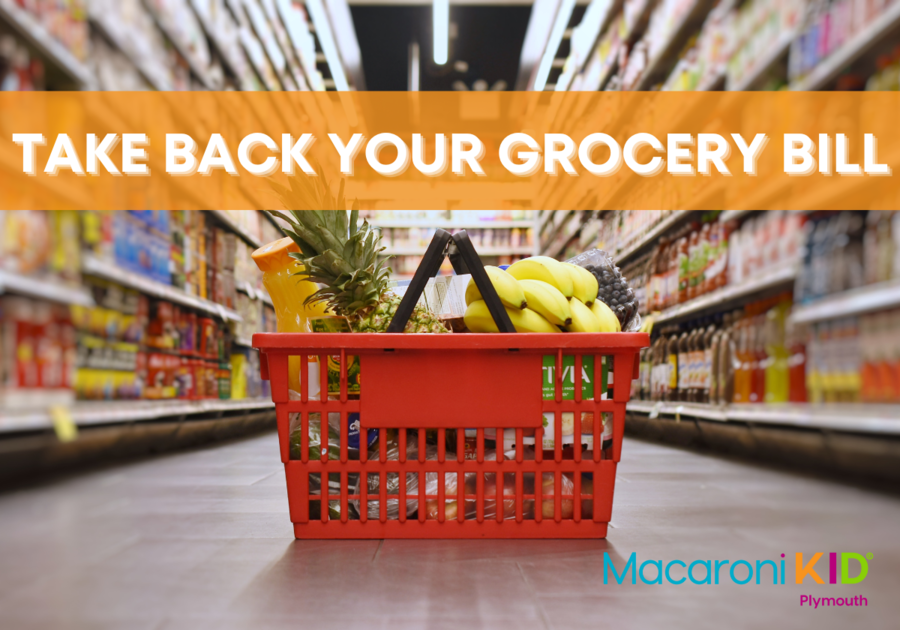Prices are skyrocketing everywhere you look. Heating your house, keeping the lights on, and filling up your fridge are costing more than they ever have, and people are looking for ways to save their pennies. One place you actually have some control on how much your spending, is with your grocery bill. Some quick tweaks (like the ones listed below) can make a big difference!
1. Check your freezer and start with a plan.
Before I go shopping, I always start my meal plan by checking what I have left in the fridge and freezer. I plan meals with foods that will expire soon toward the beginning of the week and save things in the freezer for meals toward the end. This way, you can ensure less food waste and minimize spending at the store. Plan the rest of your meals and create a shopping list. If you will need a specific ingredient for only one recipe, see how you can incorporate that ingredient somewhere else throughout the week. For example, if you are using spinach in a soup, plan it somewhere else as a side or salad to ensure you aren't throwing it out at the end of the week.

2. Use those leftovers.
If you aren't a "leftover person", hear me out. Leftovers don't need to be the same meal 3 times in a row. Instead, save your leftovers in steps. If you are making spaghetti and meatballs, save the pasta before you add the sauce. Reuse the pasta the next night in a chicken, broccoli and ziti dish. If you are making tacos, save the meat before adding seasoning. Add the meat to sauces, a salad, whatever you want! Thinking ahead here can save money!

3. Move around fridge items.
Every couple of days, check the items in your fridge. Move the items that are going bad soon to the front and fresher items to the back. This keeps food that needs to be eaten in your frame of mind and cuts down on waste. Personally, I have two crisper drawers in my fridge. I keep fresh produce in one and produce that needs to be used up sooner in the other. This way, I'm cutting down on waste and also ensuring fresher produce isn't exposed to more ethene, the gas that is released by produce ripening, and can also ripen other produce around it faster than you may want!

4. Save those veggie scraps (and brown bananas!
While it may not seem appetizing, you can use up those veggies scraps and brown bananas - and turn them into something delicious! Veggie scraps can be turned into delicious vegetable broth for soups. Brown bananas aren't just for banana bread - they can be sliced before freezing and thrown into smoothies. Ever tried banana ice cream? This recipe is delicious! With these scraps alone you could create a breakfast, lunch, and yummy snack without having to purchase any additional produce.

5. Avoid snack packs!
Individually packaged snacks are significantly more to purchase. While the packs are very convenient and easy, buy the large bags of snacks and bag them on your own! Even better (and more environmentally friendly) - invest in some reusable snack bags (we love these ones!) and save money on disposable bags while keeping them out of landfills too.
6. Reevaluate where you shop
Many of us are committed to shopping at certain stores for lots of different reasons - from knowing the layout of the store to finding brands that we love, I know this is a hard ask. But, reevaluating where you shop for the majority of your items can be a game changer. We love Aldi, and this post outlines 7 meals you can make at Aldi for $50. Aldi also offers lots of natural and organic items for MUCH less too. If you haven't tried it, give it a shot - but keep an open mind! It is not your typical grocery shopping experience.

7. Choose frozen or canned vegetables
Often, canned and frozen vegetables are much cheaper than fresh. Of course, this won't work for you all the time, but choose a canned or frozen option if it works for your meal plan. Frozen vegetables are packed at the peak of freshness, and can actually offer more nutritional value than fresh produce that is past its peak freshness. When choosing a canned veggie, try to opt for options with lower sodium and no added sugars.
8. Get creative with protein
It seems like meat prices for chicken, beef, and pork are skyrocketing at the market. Every time I go they seem higher and it makes it so much more expensive to feed my family of 4. We've started getting more creative with protein and we've found adding some plant based proteins has made a big difference. For example, if a chili recipe calls for 1 pound of meat and 1 can of beans, I swap the portions and would do 2-3 cans of beans with 1/2 pound of meat. We still get the protein we need in a serving, but at a much lower price point.

What's your best kept secret for decreasing your grocery bill? Send an email to erinm@macaronikid.com and you could be featured in this article!

When visiting events and local businesses, be sure to tell them Macaroni KID sent you... and don't forget to tell all your friends!
 |  |  |
 |  |  |



